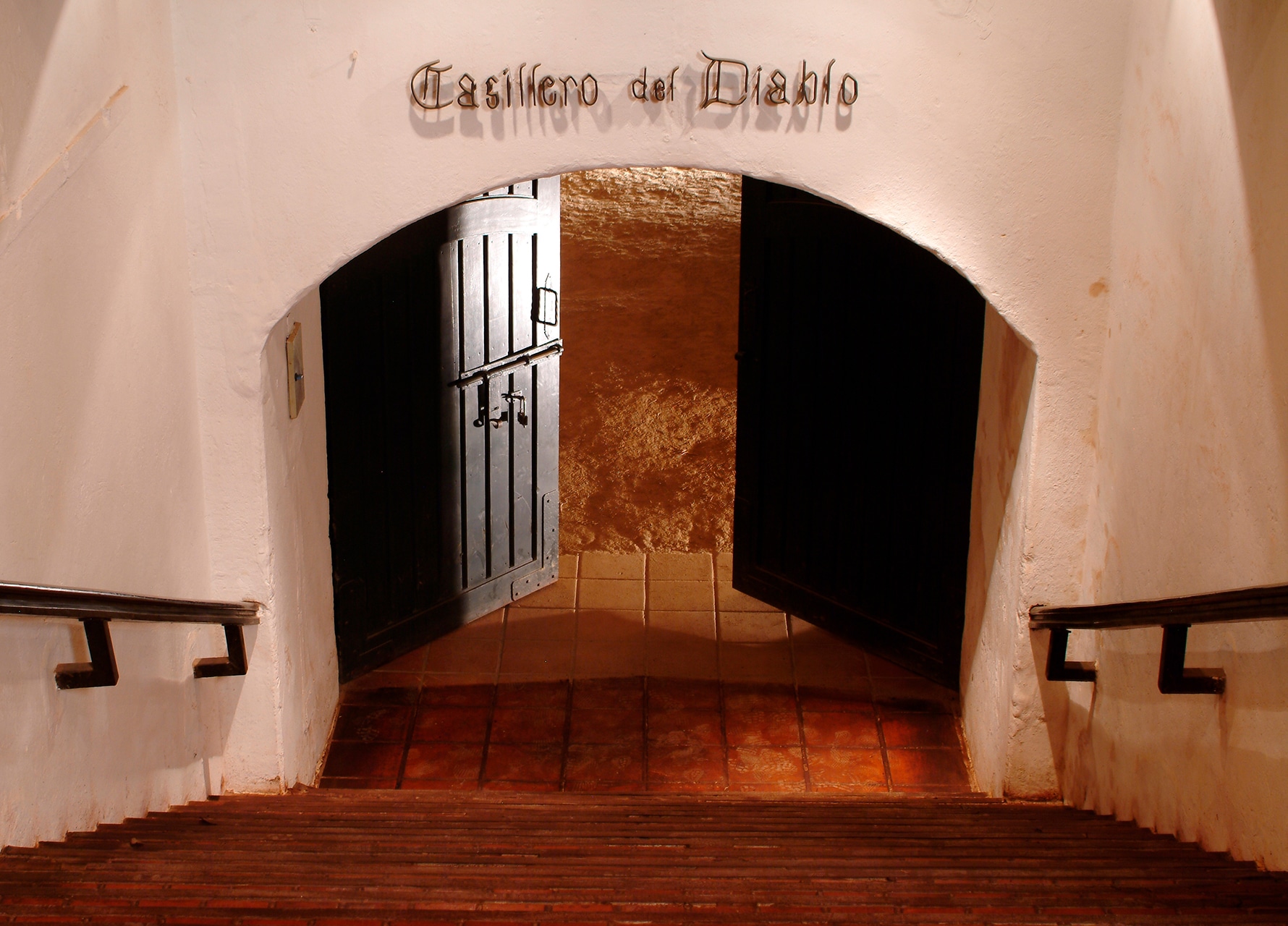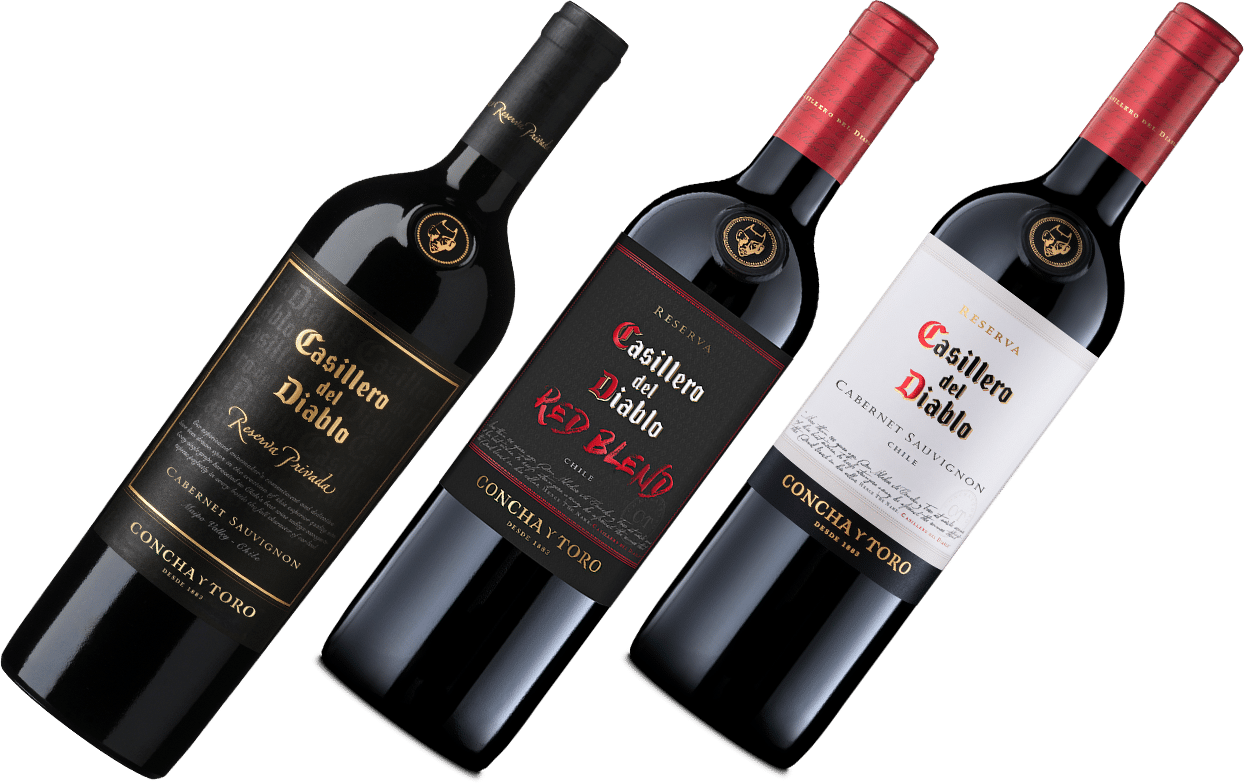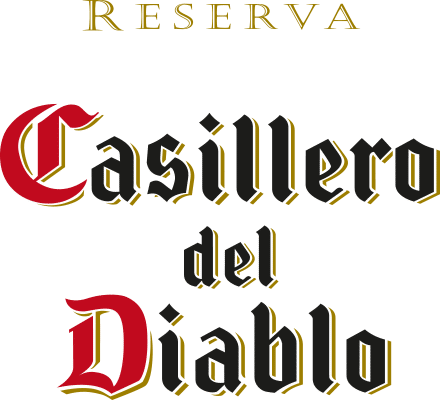
Valle Central: One of Chile’s Most Important Wine Regions
The longest and thinnest country on the planet, Chile continues expanding the frontiers of its wine production. Explorations into its furthest corners are led by the country’s innovators; intrepid wine brands like Casillero del Diablo who constantly seek to uncover new terroirs.
Though wine production is no longer constrained to the inland heart of the country, the Central Valley, or Valle Central as its known in Chile, remains its most important growing region. This fertile plateau runs over 600 miles. A fascinating ribbon of soils and terrain, diverse fruit sources, and myriad micro-climates, Valle Central’s potential terroirs present an incalculable combination.
Framed by the snow-capped Andes and the Chilean Coastal Range, Valle Central stretches from the capital city of Santiago south to the Bío Bío River. This vast area encompasses many important sub-regions such as Maipo Valley, otherwise known as the kingdom of Cabernet Sauvignon. Wine lovers might also recognize Colchagua and Cachapoal as sources of great reds. Maule, deep in the south, has become fashionable again as hundred-year-old vineyards of Chile’s legacy grapes like Pais and Carignan are rediscovered. Other key grapes grown in Valle Central include international varieties Merlot, Syrah, Chardonnay and Sauvignon Blanc. Carmenère has revealed itself as the country’s flagship grape.
In Valle Central’s cooler sites, nestled along river valleys and along the Andean foothills, winemakers test new white varieties. Casillero del Diablo’s winemaker Sebastián Rodríguez pushes the forefront of experimentation with different grapes to craft Chile’s next great wine. Aromatic varieties like Riesling and Gewürztraminer show great potential, as does Pinot Noir.
As long as brands like Casillero del Diablo continue to reflect the adventurous spirit of Chile and its landscapes, consumers will have access to the country’s greatest wines born of the dips and peaks of Valle Central.



